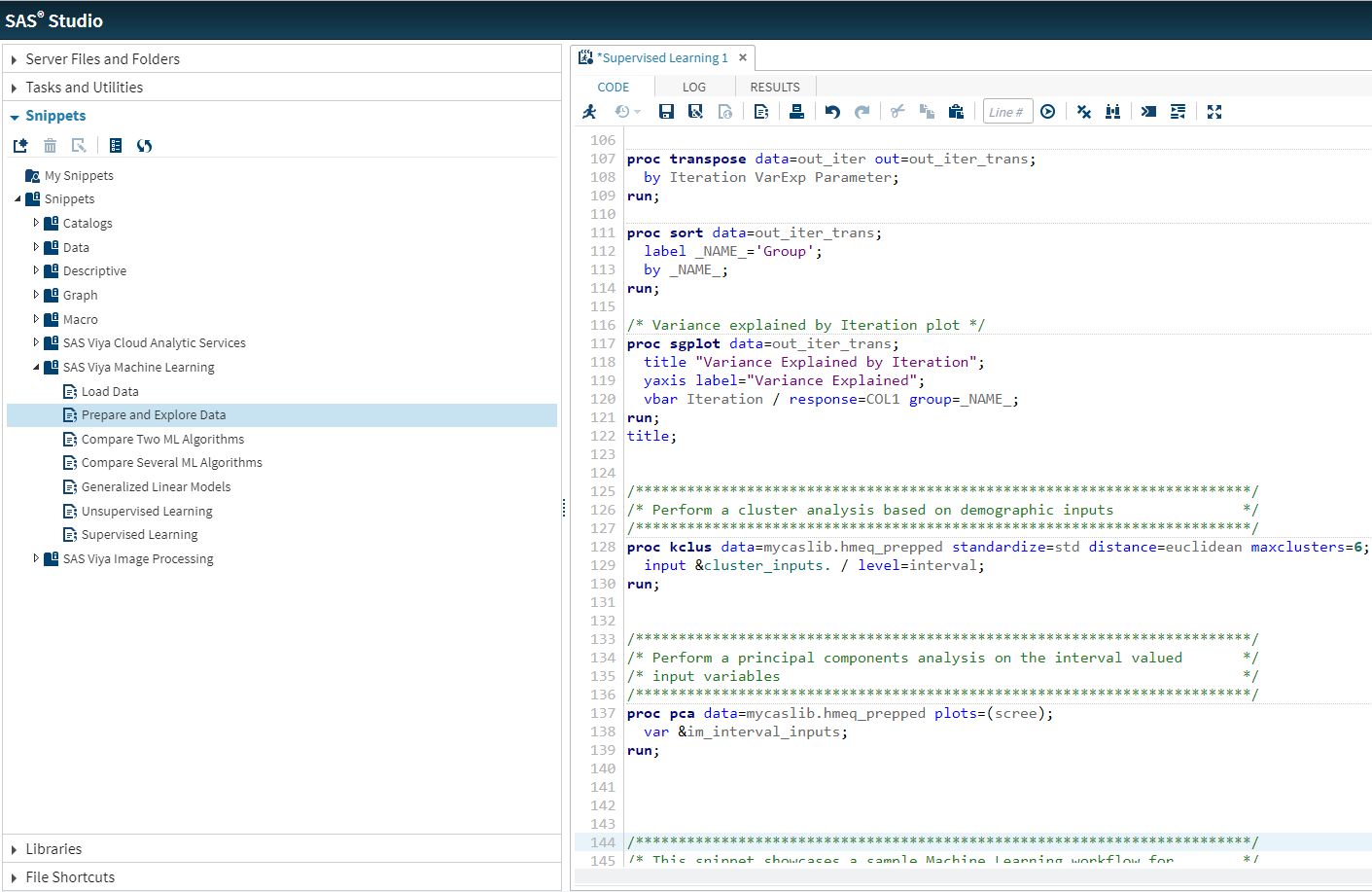

- MAC KEYBOARD SHORTCUT FOR SAS STUDIO COMMENTS ANDROID
- MAC KEYBOARD SHORTCUT FOR SAS STUDIO COMMENTS WINDOWS
So, I looked at ways to manage a macOS similar to Windows with Microsoft Intune. This way we get synergy effects during day-by-day operations. The goal should be to have a common management strategy, using mostly the same tools and infrastructure components we are familiar with. It could be the marketing department, developers and often seen in the C-level departments. Most companies I engage with do have the majority of devices running Windows, but there is always a certain amount of percentage running macOS.
MAC KEYBOARD SHORTCUT FOR SAS STUDIO COMMENTS ANDROID
Those facts stated, it becomes obvious that we can construct a more efficientĭATA step by not reading unneeded variables from the input data set.Microsoft Intune is great when it comes to managing Windows devices and for sure it doesn’t need to hide when it comes to mobile phones like Android phones or Apple phones. Program data vector to the output data set. Program data vector, but only the selected variables are written from the Statement, all of the variables in the input data set are read in to the That is, when you specify the DROP= or KEEP= option in the DATA In the DATA statement, the DROP= and KEEP= options determine which variablesĪre written from the program data vector to the resulting SASĭata set. Never even read into the program data vector. The DROP= or KEEP= option in the SET statement, the excluded variables are In the SET statement, the DROP= and KEEP= options determine which variablesĪre read from the input SAS dataset. The DATA statement that makes a difference. It's whether you place the options on the SET statement or Key facts that will help us devise a strategy:Īs stated earlier, the choice between KEEP= and DROP= is a matter of The DATA statement? or the DROP= option on the DATA statement? Here are the The SET statement? the DROP= option on the SET statement? the KEEP= option on You might be wondering how you would know which to use - the KEEP= option on Review the output from the PRINT procedure to convince yourself that the temporary data set back3 contains the seven remaining variables that were not dropped from the data set.Īfter reviewing the previous four examples, your head might be spinning and The list of variables that you specify to drop must be separated by at least one blank space. Note that, just like the KEEP= option, the DROP= option must be placed in parentheses and follow the name of the data set from you which you want SAS to exclude variables. Therefore, the program data vector used to create the SAS data set back3 contains only seven variables - subject id ( subj), visit type ( v_type), visit date ( v_date), birth date ( b_date), gender ( sex), and the state ( state) and country ( country) in which the subject resides. The SET statement's DROP= option tells SAS to drop nine variables - the id number of the reviewer of the data form ( r_id), as well as the subject's race ( race), ethnicity ( ethnic), religion ( relig), marital status ( mar_st), education level ( ed_level), employment status ( emp_st), job change status ( job_chng), and income ( income) - from the temporary data set back1 and to store the remaining variables in a new temporary data set back3. Using the DROP= option, on the other hand, requires one to think about what variables were in the data set before the dropping took place. Or rather, let's say that most people will choose the option that requires the least amount of typing! I still try though, whenever possible, to use the KEEP= option, as then when I read my programs I know exactly which variables my data sets contain. Which option should you use? The choice of whether to use the DROP= option or the KEEP= option in a given situation is personal. On the other hand, if you place the KEEP= option on the DATA statement, SAS keeps the specified variables when it writes to the output data set.

If you place the KEEP= option on the SET statement, SAS keeps the specified variables when it reads the input data set.

The KEEP= option tells SAS which variables you want to keep in a data set.On the other hand, if you place the DROP= option on the DATA statement, SAS drops the specified variables when it writes to the output data set. If you place the DROP= option on the SET statement, SAS drops the specified variables when it reads the input data set. The DROP= option tells SAS which variables you want to drop from a data set.The advantage is that, when you can get away with reading in fewer variables, SAS uses a smaller program data vector and therefore runs much more efficiently. There may be (many!) occasions in which you can get away with using fewer variables thatĪppear in your input SAS data set.


 0 kommentar(er)
0 kommentar(er)
